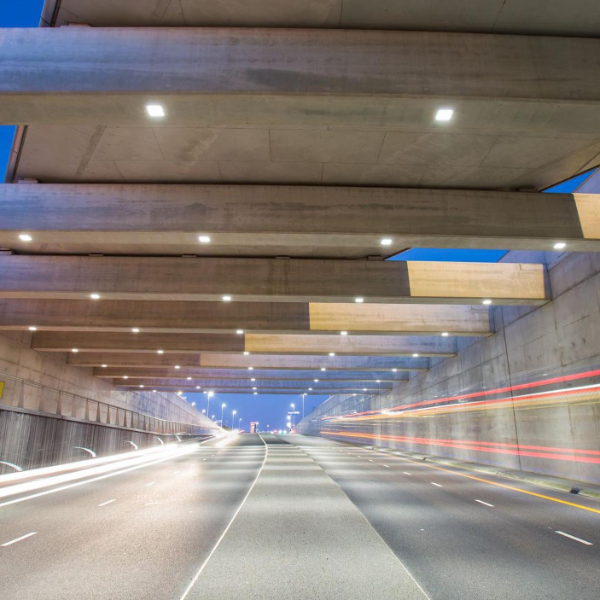'Haak om Leeuwarden' bypass

'Haak om Leeuwarden' bypass
Each year the European Parliament designates two Capitals of Culture with the aim of demonstrating to all Member States the diversity of cultures. Valletta in Malta and Leeuwarden were selected for 2018. The organisation in Leeuwarden expected around 4 million visits so accessibility was an important requirement. Hans Faber is facility manager for mobility and infrastructure on behalf of the municipality of Leeuwarden. Within the Leeuwarden Vrij-Baan programme, he worked closely for years with Rinze Herrema, who was project leader on behalf of Witteveen+Bos for a large number of infrastructural works within this programme.
In recent years Witteveen+Bos has frequently advised on the Frisian accessibility within the Leeuwarden Vrij-Baan programme, a long-term collaboration between the province of Friesland, the municipality of Leeuwarden and the Directorate-General for Public Works and Water Management in which the accessibility of the region is addressed in approximately forty projects. The development of the Leeuwarden station area is a good example of this: Witteveen+Bos supported the contract preparation, the construction design papers design of the public space and the European restricted tender procedure.
'For a provincial capital, accessibility was below standard. We have been working with Rinze and Witteveen+Bos for years now to improve this,' says Hans Faber. Rinze Herrema: 'Much work was also done around the approach roads. Leeuwarden was built on three mounds and the Middelzee used to be next to them. The Frisian waters are beautiful, but sometimes we have to puzzle a lot to integrate them into the road infrastructure. Looking back now, I especially like the puzzle around the Drachtsterweg. Hans Faber adds: 'Our long-cherished wish came true here: we have realised the most desirable option, and we have also greatly upgraded the area around it. In that creative phase we worked very closely together.'
We also tackled the roundabout of Europaplein in Leeuwarden, together with forty other infrastructural projects in and around Leeuwarden. Art is an integral part of all projects within Leeuwarden Vrij-Baan, for which a budget has also been reserved. It is no coincidence that one of the newly built aqueducts is named after M.C. Escher, who came from Leeuwarden. Art also plays an important role in the Margaretha Zelle Akwaduct, named after Mata Hari, the famous spy from who was born in Leeuwarden, and its name is included in a tile panel in the wall of the aqueduct in morse code. Hans Faber explains: 'We have made everything more than a civil construction in itself. Art is an integral part of every project. And that fits in well with Leeuwarden as the cultural capital: on the way to and from an event, culture and experience already play a prominent role.
The infrastructural projects have a great deal of mutual cohesion, which often means that rapid changes are required. There are many different parties working on accessibility, sometimes in competition, but always in harmony,' says Hans Faber. A lot of knowledge is then built up together. Rinze Herrema: 'That's what we were very much aiming for from Witteveen+Bos. Continuity in people is very important: the colleagues who are currently working on the projects know them from A to Z. In addition, we have a lot of local knowledge and we can also rely on the expertise of a network of colleagues from all over the Netherlands. These projects are very valuable for the Witteveen+Bos office in Heerenveen.'.
More information?
